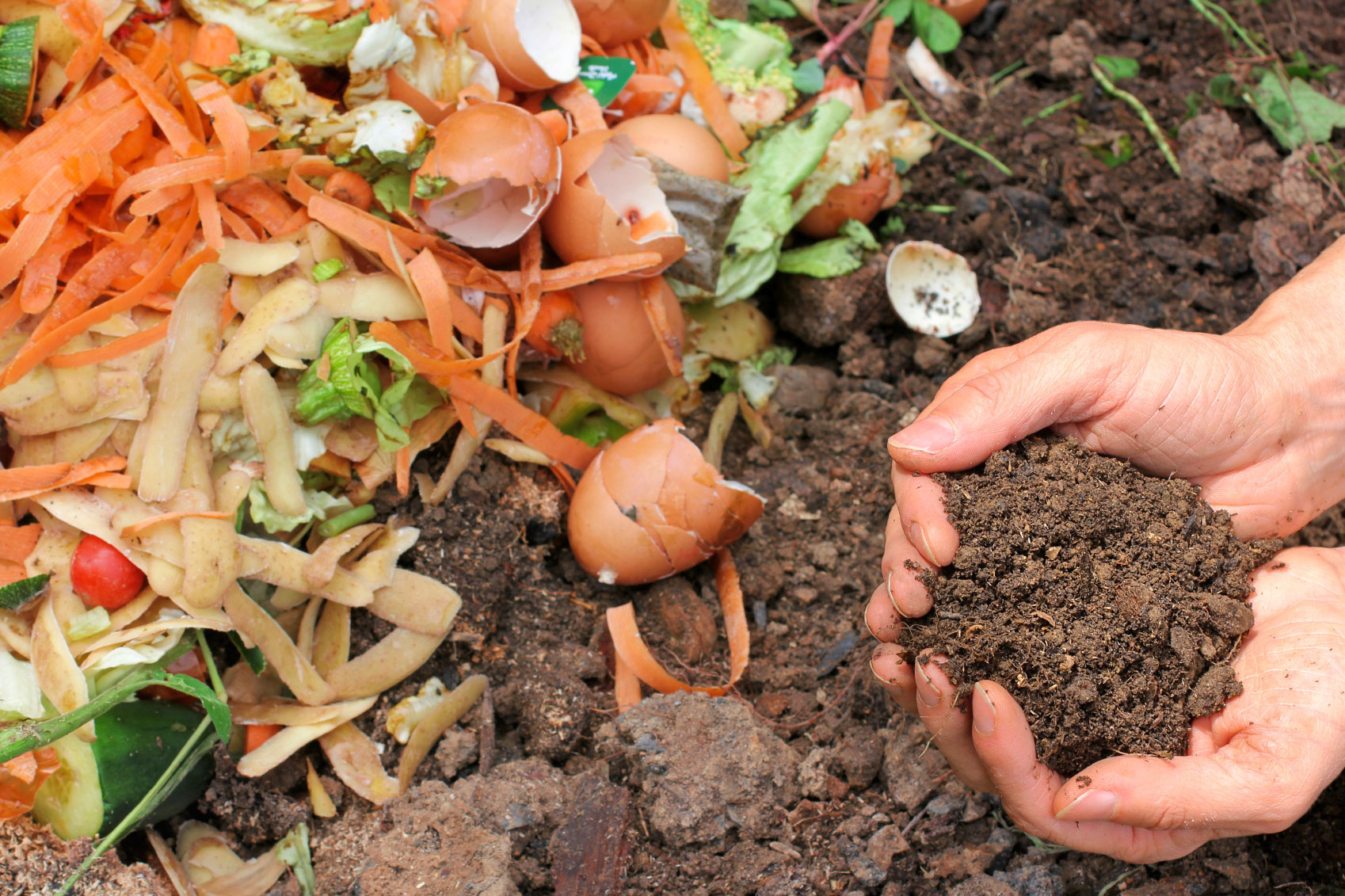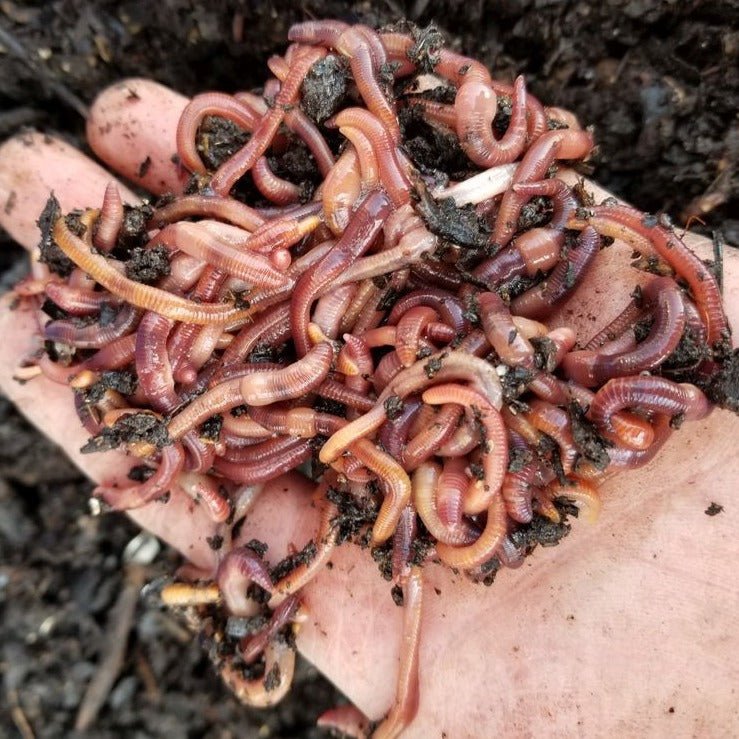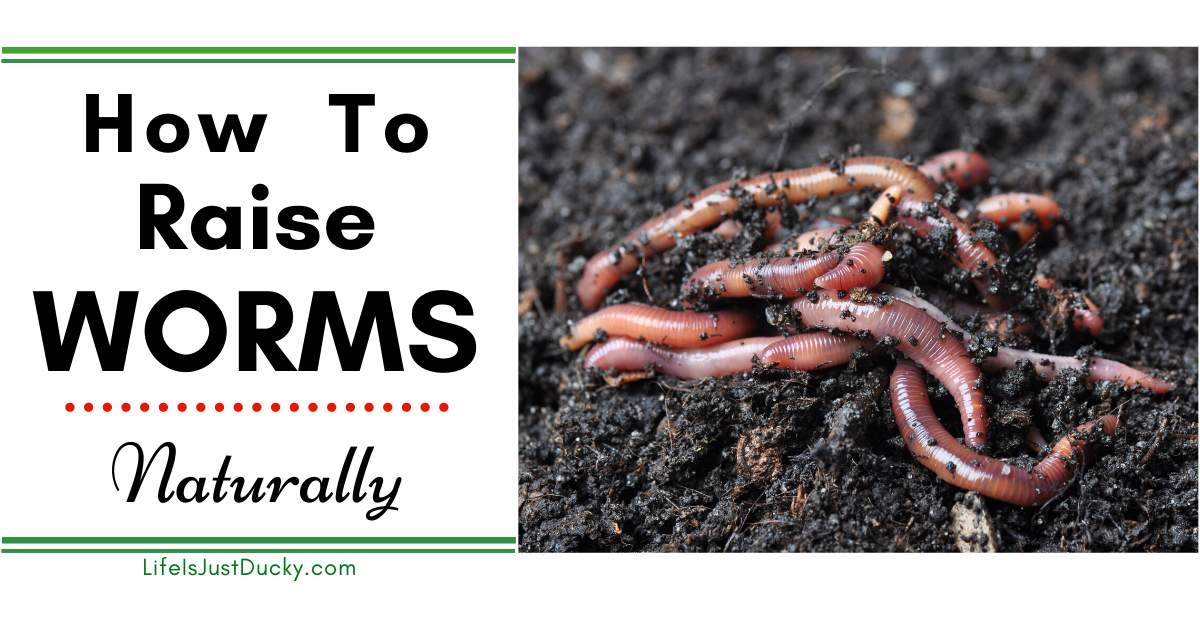Utilizing the Power of Red Wiggler Composting: A Thorough Take A Look At the Environmental and Agricultural Benefits of This All-natural Waste Decrease Method
The technique of red wiggler composting represents a compelling crossway of environmental stewardship and farming technology, using a sustainable service to the growing challenges of waste administration and dirt deterioration. Via the all-natural procedure of vermicomposting, natural waste is transformed into an important source that not just enhances dirt but also adds to a considerable reduction in garbage dump contributions and greenhouse gas discharges. As we check out the complex advantages of this approach, we discover how it can reshape farming techniques and advertise ecological awareness, prompting a better examination of its prospective influence on our communities and environments.
What Are Red Wiggler Worms?
Red wiggler worms, scientifically referred to as Eisenia fetida, are a types of earthworm specifically adapted for composting and natural waste break down. These worms flourish in the nutrient-rich setting of decomposing raw material, making them optimal for vermicomposting systems. Expanding to a length of roughly 3 to 4 inches, red wigglers are identified by their reddish-brown coloration and distinctive banding patterns along their bodies.
Unlike various other earthworm types, red wigglers prefer to populate the upper layers of soil and organic particles, where oxygen degrees are greater and food sources are plentiful. Their physical adjustments enable them to refine natural materials successfully; they possess a well-developed gastrointestinal system that enables them to transform waste into nutrient-rich spreadings, often referred to as "black gold" in horticulture and agricultural contexts.
Eisenia fetida plays a vital role in the environment by helping with the decay procedure, improving dirt structure, and advertising microbial task. Offered their unique qualities and ecological value, red wiggler worms have actually ended up being a main part in lasting waste management techniques and natural gardening efforts, contributing substantially to environmental wellness.
Advantages for Soil Health
The incorporation of red wiggler worms in composting systems provides substantial benefits for dirt health. These worms play a crucial role in the decomposition process, damaging down natural issue right into nutrient-rich vermicompost. This all-natural plant food enhances dirt oygenation, structure, and water retention, adding to a more positive setting for plant growth.
Vermicompost is rich in essential nutrients such as phosphorus, nitrogen, and potassium, which are important for plant growth (Red Wiggler Composting). The visibility of useful microbes in vermicompost further promotes dirt health by boosting nutrition accessibility and suppressing soil-borne microorganisms. This dynamic interaction fosters a durable dirt community that supports sustainable farming techniques
In addition, red wigglers promote the development of humus, a secure organic matter that enhances dirt fertility and durability. This increased organic content not only improves soil texture however also enhances its capability to withdraw carbon, mitigating climate modification impacts.
Integrating red wiggler composting into farming systems can, consequently, bring about much healthier dirts, higher plant yields, and boosted sustainability. Therefore, accepting this all-natural waste reduction method can yield profound advantages for both the setting and farming efficiency.
Influence On Waste Reduction
Including red wiggler worms right into composting systems substantially lowers waste, changing natural products that would otherwise anonymous add to garbage dumps into useful garden compost. This approach, referred to as vermicomposting, efficiently processes kitchen area scraps, yard waste, and various other eco-friendly products, resulting in a substantial reduction in the volume of waste sent out to land fills. According to the Epa, natural waste comprises a significant part of landfill materials, generating damaging greenhouse gases as it breaks down anaerobically.
By using red wigglers, a very effective composting agent, services and families can divert a substantial amount of organic waste from these garbage dumps. Each pound of red wigglers can consume and process regarding half an extra pound of natural waste daily, leading to an amazing decrease in general waste generation.
Furthermore, the application of vermicomposting supports neighborhood waste administration initiatives and promotes a round economic climate, wherein waste is transformed right into a source. As areas significantly adopt this practice, the advancing impact on waste reduction becomes noticeable, promoting a much more sustainable atmosphere and motivating liable waste administration practices. Accepting red wiggler composting not just reduces waste problems but additionally improves neighborhood awareness about lasting living.
Enhancing Agricultural Practices
Utilizing red wiggler worms in farming methods can significantly boost dirt health and wellness and crop efficiency. These worms play a vital function in the composting procedure, damaging down raw material into nutrient-rich vermicompost. This all-natural fertilizer improves dirt aeration, water, you could look here and framework retention, which are necessary for robust plant growth.
Additionally, the castings produced by red wigglers are abundant in important nutrients, such as potassium, nitrogen, and phosphorus, promoting much healthier plants with higher returns. The microbial activity promoted by these worms also adds to a flourishing soil ecological community, enhancing biodiversity and strength against diseases and insects.

Furthermore, using vermicompost can improve dirt pH levels, making nutrients extra available to plants. Red Wiggler Composting. Because of this, farmers can cultivate much healthier crops while at the same time adding to dirt preservation efforts, eventually producing an extra lasting farming future
Starting With Composting
The main component in red wiggler composting is organic waste, which can include kitchen area scraps, lawn waste, and paper products. This balance promotes an ideal atmosphere for red wigglers, which are the essential organisms in this composting method.
Choosing a proper composting system is similarly crucial. Worm bins can be made for outdoor or indoor use, and they must supply adequate drainage and aeration. It is recommended to begin with a small number of worms-- approximately one pound of red wigglers for every one extra pound of waste created regular.

Conclusion

The method of red wiggler composting stands for an engaging junction of ecological stewardship and agricultural advancement, offering a lasting option to the expanding challenges of waste management and dirt deterioration.In addition, the application of vermicomposting supports local waste monitoring efforts and promotes a round economy, in which waste is transformed into a resource. As communities progressively adopt this practice, the advancing result on waste reduction becomes evident, promoting a much more sustainable atmosphere and motivating accountable waste management methods. The primary active ingredient in red wiggler composting is natural waste, which can consist of kitchen area scraps, lawn waste, and paper products.In recap, red wiggler composting presents a sustainable solution for natural waste monitoring, yielding nutrient-rich vermicompost that considerably enhances dirt health and wellness.